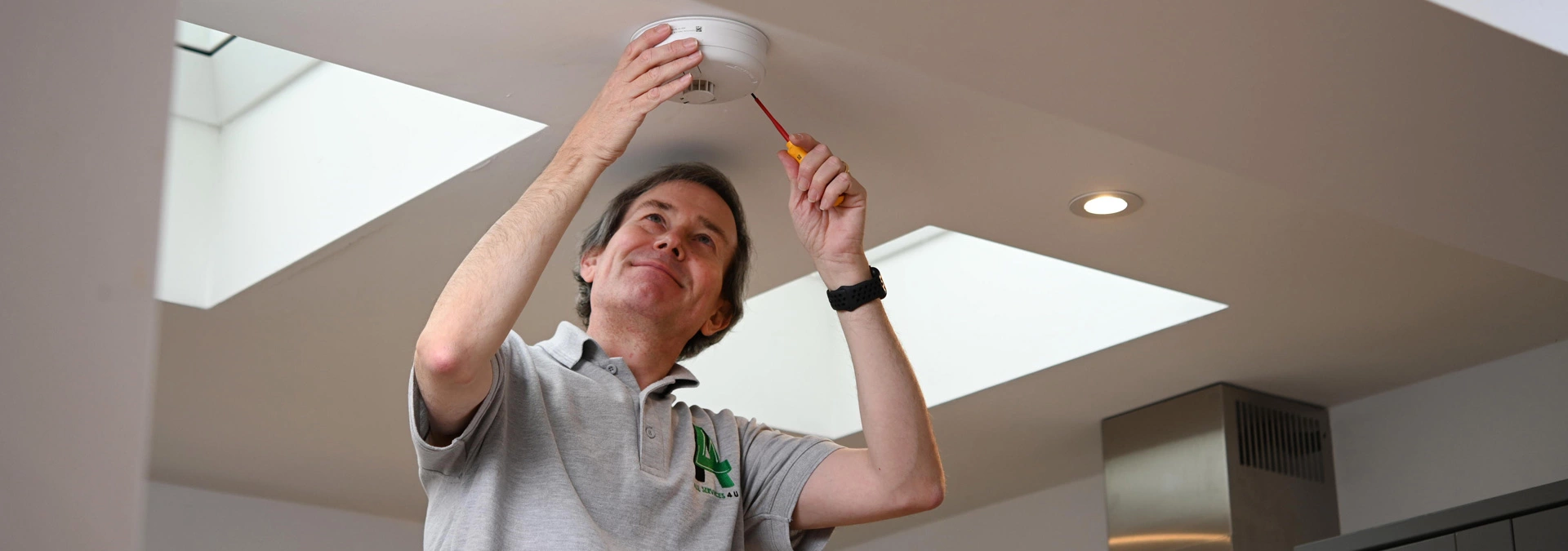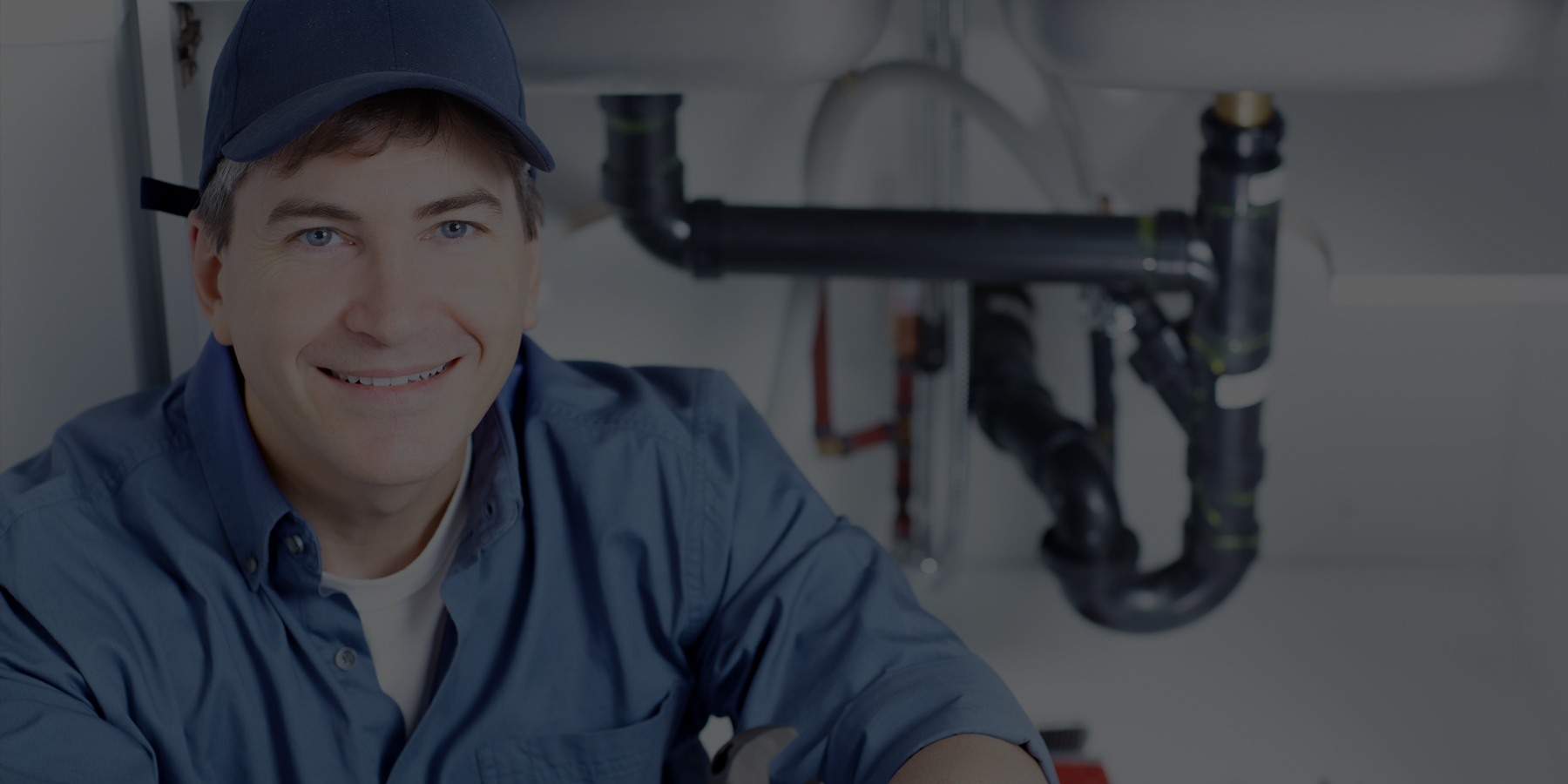What are the benefits of using smart locks for property management?
Smart locks offer numerous benefits for property managers. With smart lock management, managers can grant or revoke access remotely, eliminating the need for physical key exchanges between tenants and maintenance staff. This not only improves security but also saves time and reduces liability issues associated with lost or stolen keys. Smart locks also offer customizable access levels, allowing managers to restrict certain areas of a building from being accessed by maintenance staff. Additionally, some smart lock systems integrate with existing property management software, streamlining operations even further. With remote keyless entry, response times for urgent repairs or emergencies are reduced since maintenance staff can quickly gain access without needing to wait for someone with a physical key to arrive on-site first. Overall, smart locks provide a secure and convenient way for property managers to manage access control while improving efficiency and productivity as well as reducing costs.Can All Services 4U help implement a smart lock system for my business or property?
Looking to implement a smart lock system for your business or property? Look no further than All Services 4U. Our team of experts can help you choose the right smart lock system for your needs and budget. We offer installation and training services to ensure that your maintenance team is up and running with minimal disruption to your daily operations. With our cloud-based platform, you can manage access permissions remotely and monitor activity logs in real time. Plus, our team is always available to provide ongoing support and maintenance as needed. Trust All Services 4U to streamline your maintenance operations with the latest in smart lock technology.What features should I look for when choosing a smart lock system for my maintenance team?
When choosing a smart lock system for your maintenance team, consider features such as;- Remote access control.
- Customizable access levels
- Integration with existing property management software.
- Look for tamper-proof locks that offer additional security features like fingerprint scanners or facial recognition technology.
- Automatic re-locking and real-time alerts can help prevent unwanted intrusions and notify administrators of low battery levels.
- Multiple user codes and access logs provide individualized tracking and accountability among workers.
- Choose a system with easy integration into existing infrastructure to save on cost.
- Flexible programming options to customize according to your unique needs.
- A compatible app available on both Android and iOS platforms will make managing the system simple and intuitive.
How does a cloud-based platform enhance the functionality of a smart lock system?
A cloud-based platform enhances the functionality of a smart lock system by providing a centralised location for managing access control. Property managers can remotely grant or revoke access, monitor activity logs, and customize access levels for maintenance staff. This allows for more efficient and effective management of maintenance operations. Additionally, a cloud-based platform enables integration with other property management software, streamlining operations even further. With real-time updates and notifications, managers can keep track of who has accessed properties and when. Furthermore, cloud-based platforms provide enhanced security measures, such as two-factor authentication and encryption, to protect sensitive data. Overall, incorporating a cloud-based platform into a smart lock system provides a comprehensive solution for managing access control in a secure and efficient manner.Are there any security concerns with implementing a smart lock system, and how can they be addressed?
Security concerns may arise when implementing a smart lock system, but they can be addressed through proper planning and management. One potential issue is the possibility of hacking or unauthorized access to the system. This can be mitigated by choosing a reputable provider with a strong track record in security and ensuring that the system is regularly updated with the latest security patches. We advise you to establish strict access control policies, limit the number of people who have administrative privileges, and educate employees on best practices for password management. It's also essential to have a backup plan in place in the case of power outages or other technical difficulties that could potentially affect the functionality of the system. By taking these steps, property managers can ensure that their smart lock system is secure and reliable.What kind of training is necessary to ensure the proper use and maintenance of a new smart lock system?
Proper training is essential for maintenance teams to use and maintain a new smart lock system effectively. All Services 4U offers comprehensive training to ensure that your team can operate the system with ease. The training covers topics such as how to grant and revoke access remotely, customize access levels, monitor activity logs, and integrate the system with existing property management software. Our team will provide guidance on how to troubleshoot common issues that may arise during regular use. With our training, your team can quickly adapt to the new technology and take full advantage of its features. At All Services 4U, we are committed to ensuring that our clients receive the necessary support and knowledge to maximize the benefits of their smart lock system investment.What is boarding up?
Boarding up a property is the process of securing it by placing boards over the windows and doors. The purpose of boarding up is to prevent unauthorized entry, deter vandalism and graffiti, and protect the property from weather damage. Boarding up is often done on properties that are vacant or in foreclosure. Properties that are boarded up often have a negative impact on the surrounding community. They can be eyesores, can attract crime, and can bring down the value of neighboring properties. If you're worried about your property getting boarded up, there are some things you can do to help prevent it. Talk to your neighbors and let them know when you'll be away so they can keep an eye on your property. If possible, have someone check on your property regularly while you're gone. Be sure to keep your yard tidy and free of debris. And most importantly, make sure all your doors and windows are securely locked before you leave.Reasons for boarding up
There are many reasons why a property might get boarded up. One reason is to prevent unauthorized entry. If a property is unoccupied, it can be an easy target for squatters or vandals. Boarding up the windows and doors can deter would-be trespassers. Another reason for boarding up a property is to protect it from weather damage. If a property is going to be vacant for an extended period of time, it might be susceptible to water damage from rain or snow. Boarding up the openings can help to prevent this type of damage. Finally, boarding up a property can also help to improve the appearance of a neighborhood. If a vacant property is not well-maintained, it can bring down the overall look of an area. Boarding up the property can help to make it less of an eyesore. While there are some benefits to boarding up a property, it is important to consider the potential drawbacks as well. One downside is that it can make a neighborhood look run-down and abandoned. This can have a negative impact on both property values and public safety. Another concern is that if a fire breaks out at the boarded-up property, it could spread quickly to neighboring homes or businesses. If you are considering boarding up your own property, weigh the pros and cons carefully. You may also want to consult with your local government or law enforcement officials to see if there are any regulations you need to follow.The process of boarding up
When a property owner decides to cover their windows and doors with plywood or metal sheets, they are usually doing it as a preventative measure. They want to avoid any potential damage that could be caused by vandals, thieves, or other intruders. In some cases, a city permit is required in order to board up a property. The process of boarding up a property is typically done by a contractor. First, the plywood or metal sheets are cut to size and then nailed or screwed into place over the windows and doors. It is important to make sure that the boards are securely fastened so that they cannot be easily removed. Once the property is boarded up, it can help to improve the security of the area and make it less likely to be vandalized. It can also help to improve the appearance of an area and make it look more cared for. However, there are some potential drawbacks to boarding up properties. For example, if there is a fire, boarded up properties can act as fuel and help the fire to spread more quickly. Additionally, boarding up too many properties in an area can make it look run-down and abandoned, which can further decrease property values and increase crime ratesWhat happens to a boarded up property?
A boarded up property often becomes abandoned and unkempt. The value of the property decreases, and the property may be demolished. Boarding up a property can also attract squatters or criminals.How to avoid having your property boarded up
One of the best ways to avoid having your property get boarded up is to pay attention to city ordinances and be a good neighbor. If you see graffiti or other signs of vandalism, report it to the authorities. Be sure to also keep your property clean and free of litter. If you own a vacant property, be sure to maintain it so that it does not become an eyesore. You can also take some security measures to deter vandals and criminals. For example, install lighting around your property and trim back any trees or bushes that might provide cover for someone trying to break in. You might also consider installing security cameras or an alarm system.


Liquefied petroleum gas (LPG) is a colourless odourless liquid which readily evaporates into a gas. Normally an odorant has been added to it to help detect leaks.
LPG (either Butane or Propane), is generally stored and distributed as a liquid and it is widely used for process and space heating, cooking and automotive propulsion. . It is classified as highly flammable and if it contains more than 0.1%Butadiene, it is also classified as a carcinogen and mutagen.
LPG is non-corrosive but can dissolve lubricants, certain plastics or synthetic rubbers
What are the dangers of LPG?
LPG may leak as a gas or a liquid. If the liquid leaks it will quickly evaporate and form a relatively large cloud of gas which will drop to the ground, as it is heavier than air. LPG vapours can run for long distances along the ground and can collect in drains or basements. When the gas meets a source of ignition it can burn or explode.
Cylinders can explode if involved in a fire.
LPG can cause cold burns to the skin and it can act as an asphyxiant at high concentrations.
What are the Regulations?
The regulations are framework in character. They lay down general requirements but rely for detailed guidance upon codes of practice which may be approved from time to time by the Health and Safety Authority. These regulations apply in addition to any other requirements under relevant statutory provisions.
What do the Regulations cover?
The regulations cover storage, loading and unloading, use of LPG and related activities, carried on in the course of any trade or business, involving more than 70kg or a total volumetric storage capacity above 160 litres. The regulations do not apply to fuel tanks of vehicles.
What other Regulations apply to the storage of LPG?
- The Safety, Health and Welfare at Work (General Application) Regulations
- The European Communities (Control of Major Accident Hazards involving Dangerous Substances) Regulations, 2006, apply to the storage of LPG at inventories of 50 tonnes or greater
Who must comply?
Obligations are placed upon occupiers, suppliers of LPG, persons present at installations, designers of plant and persons installing plant.
What are the general requirements?
- LPG must be stored in adequate location wherein vessels or cylinders are suitably positioned having regard to the relevant codes of practice
- LPG plant must be designed to appropriate standards and be properly installed and commissioned by competent persons
- Plant must be fitted with adequate safety and monitoring control devices and operated by competent persons
- Occupiers must notify the gas supplier of any structural or other changes which might affect the gas installation
- There must be a suitable programme of maintenance and testing by competent persons
- Plant must be identifiable and accessible for maintenance
- Records of maintenance and tests must be kept
- Precautions must be taken to prevent fire and explosion including appropriate protection of storage vessels
- Installations must have appropriate security measures to prevent deliberate interference
- Incidents involving death or hospitalisation, fire or explosion or a significant release of LPG must be reported to the Authority and records of such incidents must be kept
What approved Codes of Practice apply to the Safe Storage of LPG?
- I.S. 3213: Code of Practice for the Storage of LPG Cylinders and Cartridges
- I.S. 3216 Part 1: Code of Practice for the Bulk Storage of Liquefied Petroleum Gas: (this also covers filling of forklift cylinders)
- I.S. 3216 Part 2: Code of Practice for the Bulk Storage of Liquefied Petroleum Gas: Specific requirements for Liquefied Petroleum Gas refuelling facilities where a dispenser is used.
